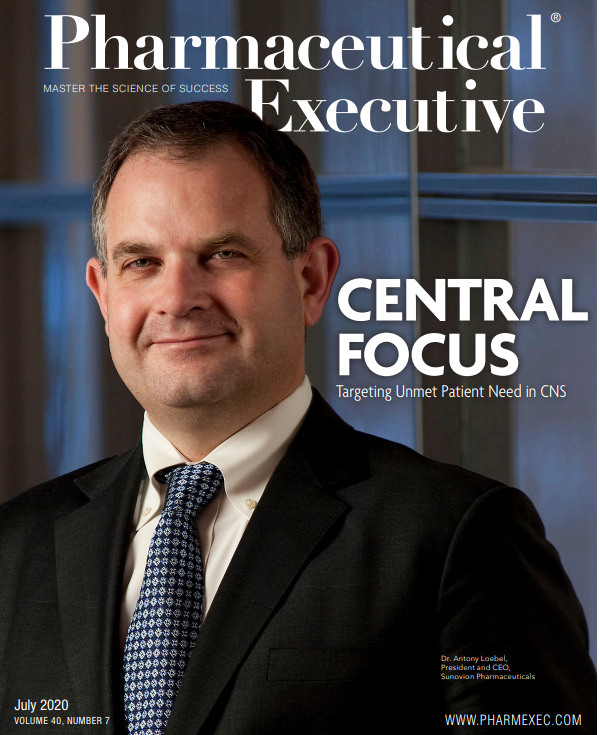Big Events Go Virtual: A Look Inside One Transformation
Pharmaceutical Executive
The transition from in-person was challenging, but meetings like DIA’s global event could explore formal hybrid models in the future.
COVID-19 has changed all our lives in unprecedented ways, forcing us to rapidly adjust and build the future as we go. While virtual conferences can never replicate face-to-face interactions and in-person networking, they do come with several advantages.
The transition of this year’s DIA Global Annual Meeting from in-person to virtual was no easy undertaking and did not come without its share of challenges. Given the COVID-19 situation, our primary focus was on our members-and our shared mission, to bring together the global stakeholder community to address healthcare challenges-but we wanted to do this in a safe way.
The crisis enhanced our sense of DIA’s real-world purpose as we transitioned to digital-the annual convening of information from members across all industries is a vital part of the health ecosystem, now more than ever. As we made the shift, we wanted to make certain the virtual format aligned with the key drivers of why our members and attendees come to the Meeting-the content-and also addressed the fundamental elements of learning, networking, and camaraderie. Our team has been very creative in weaving together these key elements into DIA 2020.
A virtual event enables individuals, from across the globe, to engage with and learn from one another from the comfort of their homes, on a schedule that works best for them. So, it saves time, especially at a time when our community is incredibly busy working on solutions for COVID-19 and other devastating diseases. But it goes beyond convenience: users can rewind parts of the presentation they want to pay closer attention to, they can pause if something comes up and then return when they are better able to pay attention. They can share recommended presentations with their peers and download the presentation slides to go through the material themselves. And they have more choice and depth, they can now see two or more presentations that might have been delivered in a live meeting at the same time.
From the exhibition perspective, working from a virtual platform allows the use of AI; exhibitors can better target and reach out to prospective clients for business development purposes. We have been hearing about higher levels of success in the virtual setting than experienced in the exhibition hall.
The virtual platform allows for a significant amount of data and analysis to take place at one time, something that we know our members will appreciate. In the future, I can envision exploring hybrid models that capture the benefits of both types of conference experience.
As for what future meetings will cover, in terms of data and analytics, I anticipate there will be great interest in decentralized clinical trials; the analysis, interpretation, and application of real-world data (RWD) and real-world evidence (RWE); along with the use of disruptive technologies like AI/machine learning across the drug development lifecycle. We have been seeing the growing importance of RWD, not only in the post-market period but throughout the medical products lifecycle. Access to data will continue to be an area of focus, as will the leveraging of technology and training to ensure privacy and security of remotely generated data.
Regulatory flexibility will be another popular topic; as we have seen during the COVID crisis, it has made it possible to utilize alternate data like digitally collected endpoint data. Finally, we hope to see a lot of discussion on clinical-trial conduct using technology, as new approaches are key to trial outcomes, particularly at this unprecedented time.

Barbara Lopez Kunz is Global Chief Executive, Drug Information Association (DIA)

Is Artificial Intelligence a ‘Product’? Products Liability Implications for AI-Based Products
April 10th 2025As the physical products we use evolve to become increasingly complex, traditional products liability frameworks may not always fit to provide remedies for harm that can result from using novel product types.